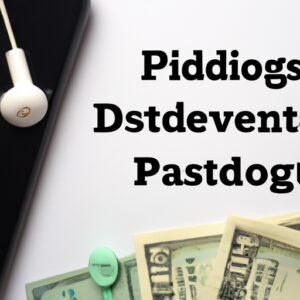
Understanding RSS Feeds: Tips and Best Practices for Podcast Distribution
Do you have a great podcast that you want to share with the world? Then you need to know about RSS feeds! They are the key to distributing your podcast to multiple platforms and growing your audience. In this article, we’ll give you some tips and best practices for using RSS feeds to get your podcast out there!
What is an RSS feed?
First things first – what is an RSS feed? RSS stands for Really Simple Syndication or Rich Site Summary, and it’s a format used to distribute content across the web. It allows users to subscribe to content feeds from various sources and receive updates automatically in their RSS reader.
For podcasters, an RSS feed is essential for sharing their content with popular platforms like Apple Podcasts, Spotify, and Google Podcasts.
Creating an RSS feed for your podcast
Creating an RSS feed for your podcast is easier than you might think! Most podcast hosting platforms, like Libsyn and Buzzsprout, have built-in RSS feed generators. All you need to do is enter your podcast’s details, and the feed will be generated for you.
Make sure to double-check all the information you enter, as it will be used to generate your podcast’s metadata, which will be visible on different platforms. This includes your podcast’s title, author, description, and artwork.
Best practices for podcast RSS feeds
Now that you have your RSS feed set up, it’s essential to follow these best practices to ensure your podcast can be found and listened to by your audience:
1. Keep your RSS feed updated
Make sure to update your RSS feed regularly with new episodes. This will keep your subscribers engaged and make it easier for them to keep up with your content.
2. Optimize your metadata
Your podcast’s metadata is essential for making it discoverable on different platforms. Use relevant keywords in your title and description, and add relevant tags to help your podcast appear in search results.
3. Keep your audio file sizes small
Smaller audio file sizes make it easier for users to download your podcast, especially when they’re on the go. Aim for audio files that are around 30MB or less.
4. Use an attractive podcast cover art
Your podcast artwork is the first thing that potential listeners will see. Make sure it’s eye-catching and reflects your podcast’s brand.
Conclusion
Understanding RSS feeds is essential for any budding podcaster. By creating an RSS feed and following these best practices, you can reach a wider audience for your podcast and grow your following. So what are you waiting for? Get started on your RSS feed today and watch your podcast soar!






